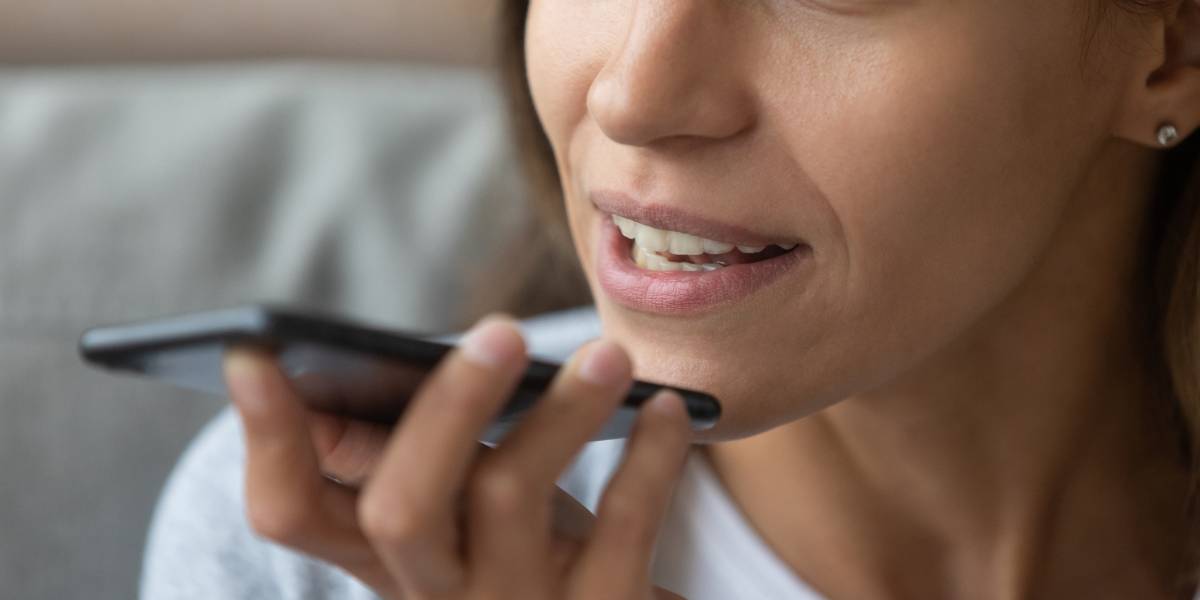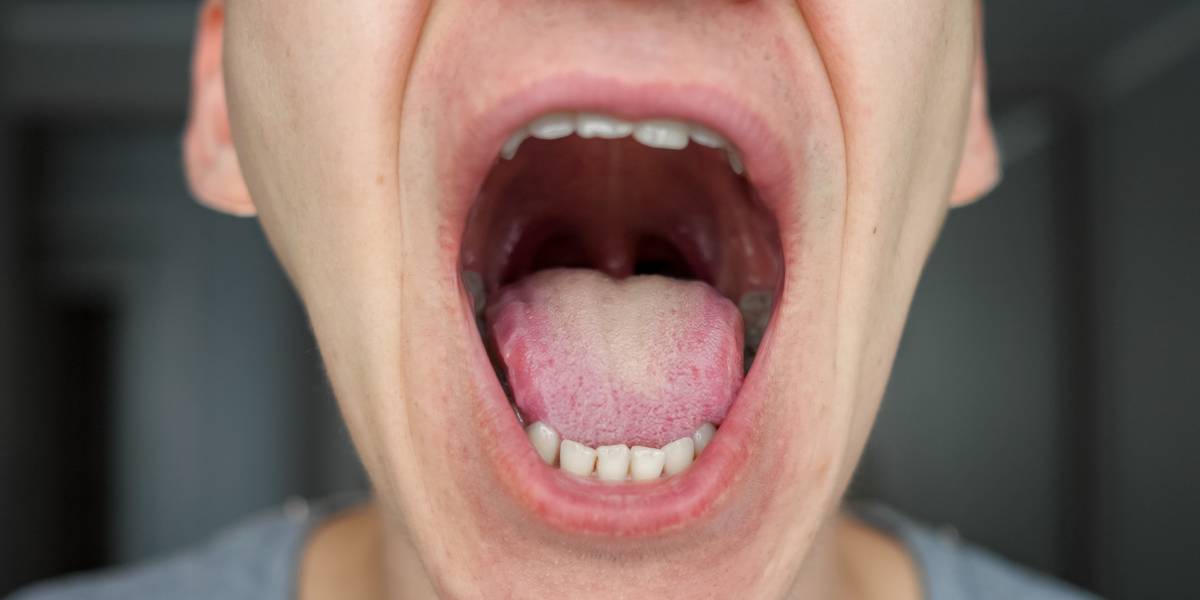Researchers involved in a recent study trained an artificial intelligence (AI) model to diagnose type 2 diabetes in patients after six to 10 seconds of listening to their voice.
Canadian medical researchers trained the machine-learning AI to recognise 14 vocal differences in the voice of someone with type 2 diabetes compared to someone without diabetes.
The auditory features that the AI focussed on included slight changes in pitch and intensity, which human ears cannot distinguish. This was then paired with basic health data gathered by the researchers, such as age, sex, height and weight.
Researchers believe that the AI model will drastically lower the cost for people with diabetes to be diagnosed.
- A&E patients could be screened for type 2 diabetes detect undiagnosed cases
- Common prescription drugs increase cardiac arrest risk in people with type 2 diabetes
- Insulin sensitivity: Lifestyle changes can stop condition developing into type 2 diabetes
People would usually need to be tested for prediabetes and type 2 diabetes in person, involving diagnostic tests such as blood work. The AI would enable diagnosis to be made remotely and automatically.
Jaycee Kaufman, first author of the paper and a research scientist at Klick Labs which plans to market the software, explained: “Our research highlights significant vocal variations between individuals with and without type 2 diabetes.”
With regards to the company’s AI, Kaufman hopes it will “transform how the medical community screens for diabetes”.
Common tests used currently to diagnose type 2 diabetes include the glycated haemoglobin (A1C) test, the fasting blood glucose (FBG) test and the oral glucose tolerance tests (OGTT), which are all in-person tests.
Kaufman added: “Current methods of detection can require a lot of time, travel, and cost. Voice technology has the potential to remove these barriers entirely.”
Scientists at Klick Applied Sciences in Canada, working with faculty at Ontario Tech University in Canada, trained the AI using 267 voice recordings from people living in India.
Roughly 72 per cent of the participants (79 women and 113 men) had already been diagnosed as nondiabetic. The other participants (18 women and 57 men) had been diagnosed with type 2 diabetes.
All participants recorded a phrase six times per day for two weeks, resulting in a total of 18,000 recordings. The scientists then pinpointed 14 acoustic differences between those with and without type 2 diabetes.
- Keeping active in the morning or afternoon linked to lower risk of type 2 diabetes
- Caffeine associated with higher risk of type 2 diabetes
- Living with type 2 diabetes for longer increases the chance of experiencing brain changes
Four of the differences assisted the AI in diagnosing type 2 diabetes more accurately. The AI was able to diagnose women more accurately. It diagnosed type 2 diabetes in 89 per cent of woman and 86 per cent of men.
Results of the study found that ‘pitch’ and ‘standard deviation from pitch’ were useful features to diagnose the condition in all participants, however, ‘relative average perturbation jitter’ proved more useful in women. ‘Intensity’ and ‘11-point amplitude perturbation quotient shimmer’ were useful in diagnosing men.
The study stated: “In women, the predictive features were mean pitch, pitch SD, and RAP jitter, and in men, mean intensity and apq11 shimmer were used. In simple terms, the variation in these features found that women with T2DM reported a slightly lower pitch with less variation, and men with T2DM reported slightly weaker voices with more variation. These differences likely stem from differences in disease symptom manifestations between the sexes.”
Kaufman commented that these differences found via the AI’s signals processing between male and female voices were “surprising”.
The researchers concluded: “Voice analysis shows potential as a pre-screening or monitoring tool for T2DM, particularly when combined with other risk factors associated with the condition.”
The study was published in the journal Mayo Clinic Proceedings: Digital Health.






